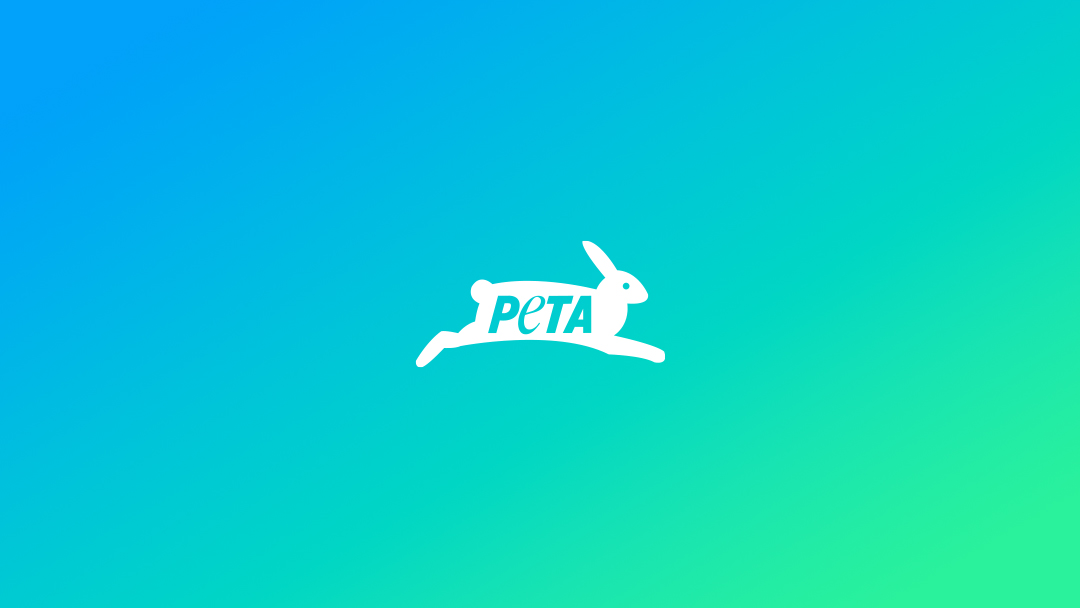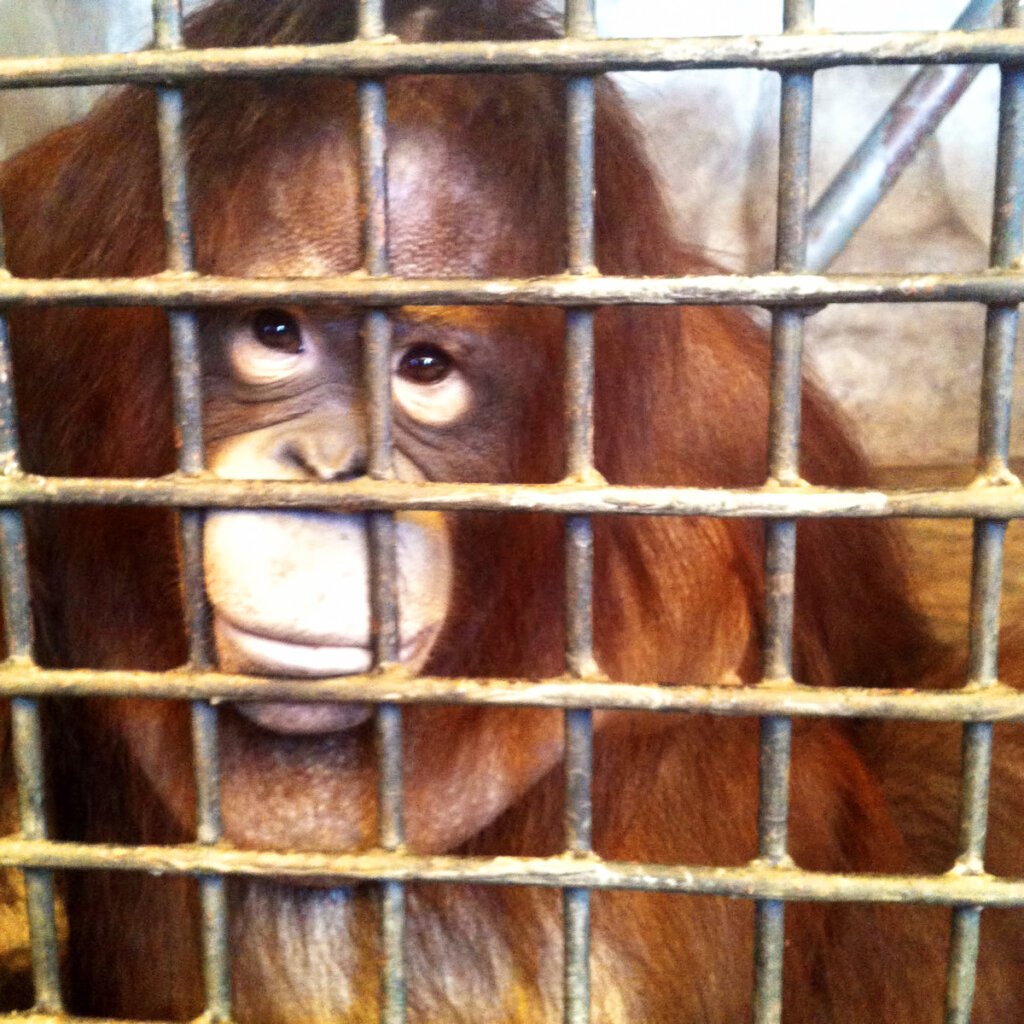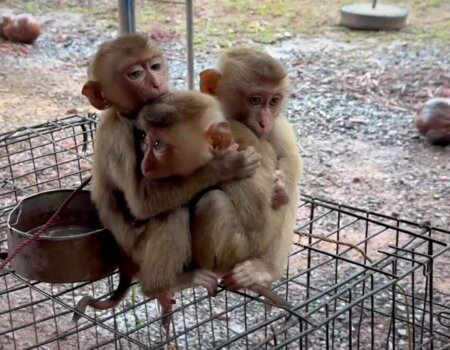
The Wool Industry Doesn’t Want You to Read This
The wool industry hopes you won’t watch this video exposé of shearing sheds in Australia. It reveals cruelty to sheep similar to that documented in the last couple of years at dozens of farms and shearing sheds across Australia, the US and Argentina. Shearers were rough, careless and violent – hurling sheep more than a metre off the shearing platform, slamming them into the floor, twisting and standing on their necks, kicking them and more.
But that’s just the tip of the iceberg. Here are some more facts that the wool industry would prefer you didn’t know:
1. Sheep are often sent overseas on live-export ships.
Once sheep are no longer wanted, they may be sent on long, gruelling journeys overseas to be killed in countries where animal welfare standards are ignored or non-existent. The suffering sheep are then forced off the ships, loaded onto trucks and dragged by their ears and legs, often to unregulated abattoirs where their throats are slit while they are still conscious.
2. Lambs may be mutilated.
Around 15 million lambs die in Australia each year within 48 hours of birth – some from insufficient food or shelter. Most will die from exposure. Those who survive may be forced to endure a gruesome procedure called “mulesing”, in which huge chunks of skin and flesh are cut from their backsides, often without painkillers. This crude attempt to prevent maggot infestations is as cruel as it is unnecessary – sheep can be protected through humane methods such as closer monitoring and spray washing.
3. Sheep are genetically manipulated to produce more wool.
In their natural environment, sheep only grow enough wool to protect themselves from extreme temperatures. But humans have bred sheep to have wrinkly skin – which provides a larger surface area for wool to grow on – and not to shed during warmer months. This unnatural overload of wool causes many sheep to suffer and even die from heat exhaustion.
4. Merino sheep aren’t native to Australia.
The most commonly raised sheep are merinos, who are native to Spain. Merino sheep have been in Australia only since the late 18th century.
5. Shearers are paid by volume, not by the hour.
Paying shearers by volume encourages them to work as quickly as possible with little or no regard for the sheep’s welfare. Hasty and careless shearing leads to frequent injuries – strips of skin and even parts of teats, tails and ears can be cut or torn off during shearing.
6. Drug use is rampant in shearing sheds.
The Australian Workers’ Union (AWU) acknowledges that drugs have been an issue in the shearing industry since the 1980s and that the problem is getting worse. But many farmers are reluctant to take action against shearers for fear that they will be unable to find anyone else to do the work.
7. Industry insiders know that sheep are abused …
Workers gouge out sheep’s eyes and break their jaws. Sam Beechey, national pastoral industry coordinator for the AWU, has been quoted as saying, “[W]ithout condoning that sort of action, the employer, the shearing contractor or the owner won’t take action against it”. Farmer and Liberal Party delegate Robert Lawrence told an Australian state council that he knew of an abusive shearer who broke 14 sheep’s legs in just two days.
8. … but they ignore calls for oversight.
PETA Australia has asked that public surveillance cameras be installed in shearing sheds. Instead, the industry is doubling down and pushing for “ag-gag” laws, which would make it even harder, if not impossible, to document and expose cruelty on farms.
9. Even shearers have had enough.
Some shearers are so disgusted by the abuse that they have witnessed that they have quit the industry. One former shearer told PETA Australia that what he saw in shearing sheds was “one of the main reasons I’m now vegan”.
10. You don’t need to wear wool.
You can make a difference for sheep by refusing to buy wool. Vegan clothing is warm, comfortable and – best of all – cruelty-free. Check out PETA US’ shopping guide to compassionate clothing and fill your wardrobe with chic animal-friendly clothes.
Help Animals in 2025: Renew Your PETA Membership!




